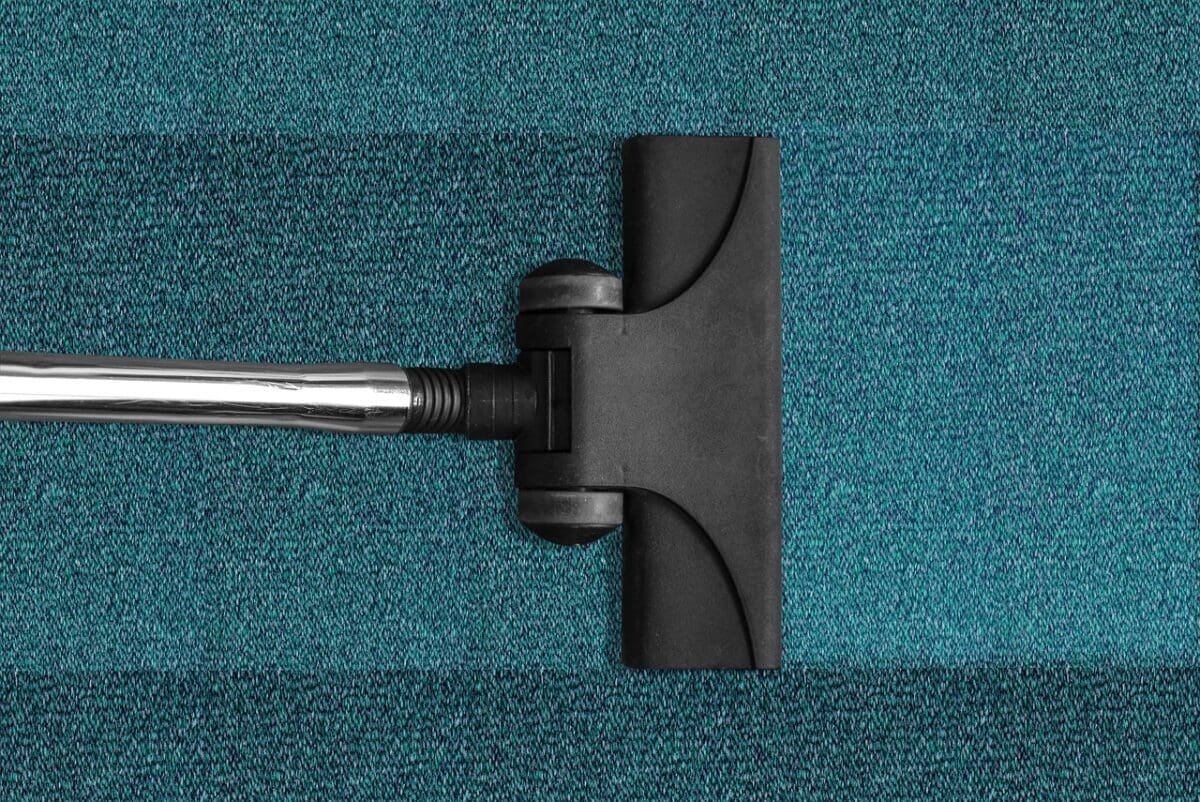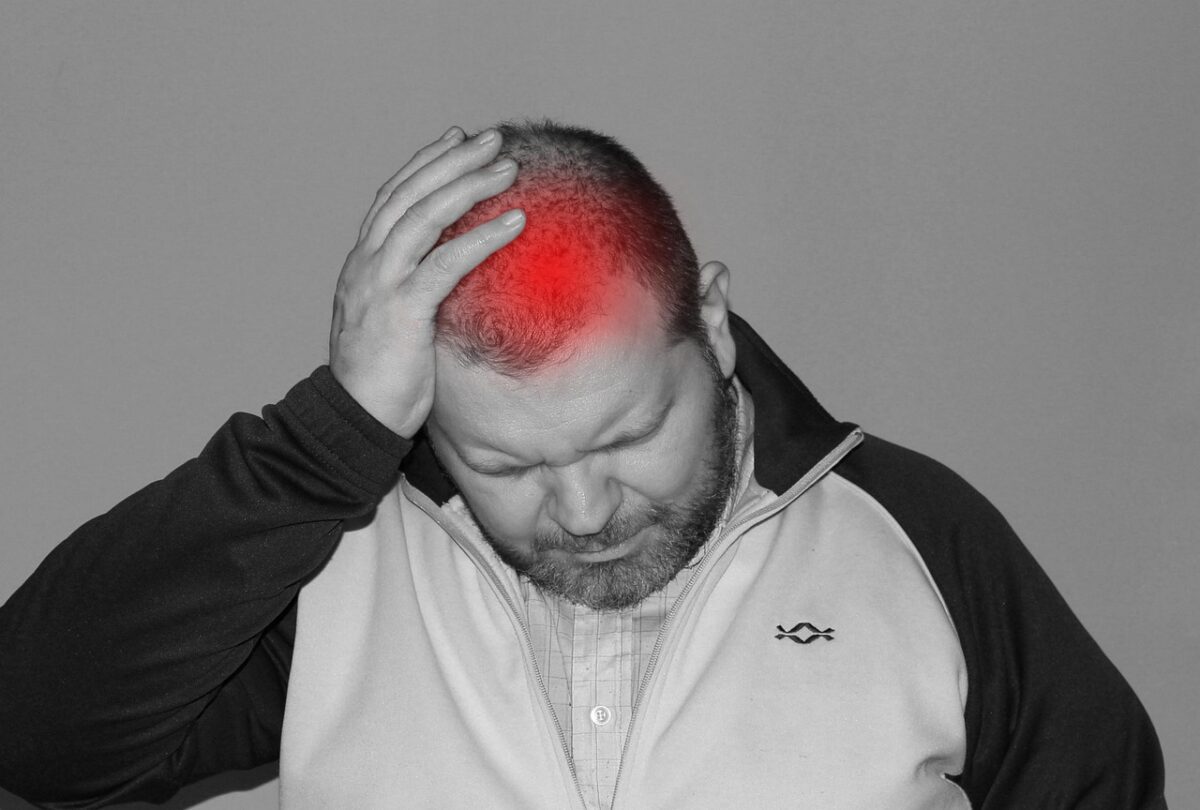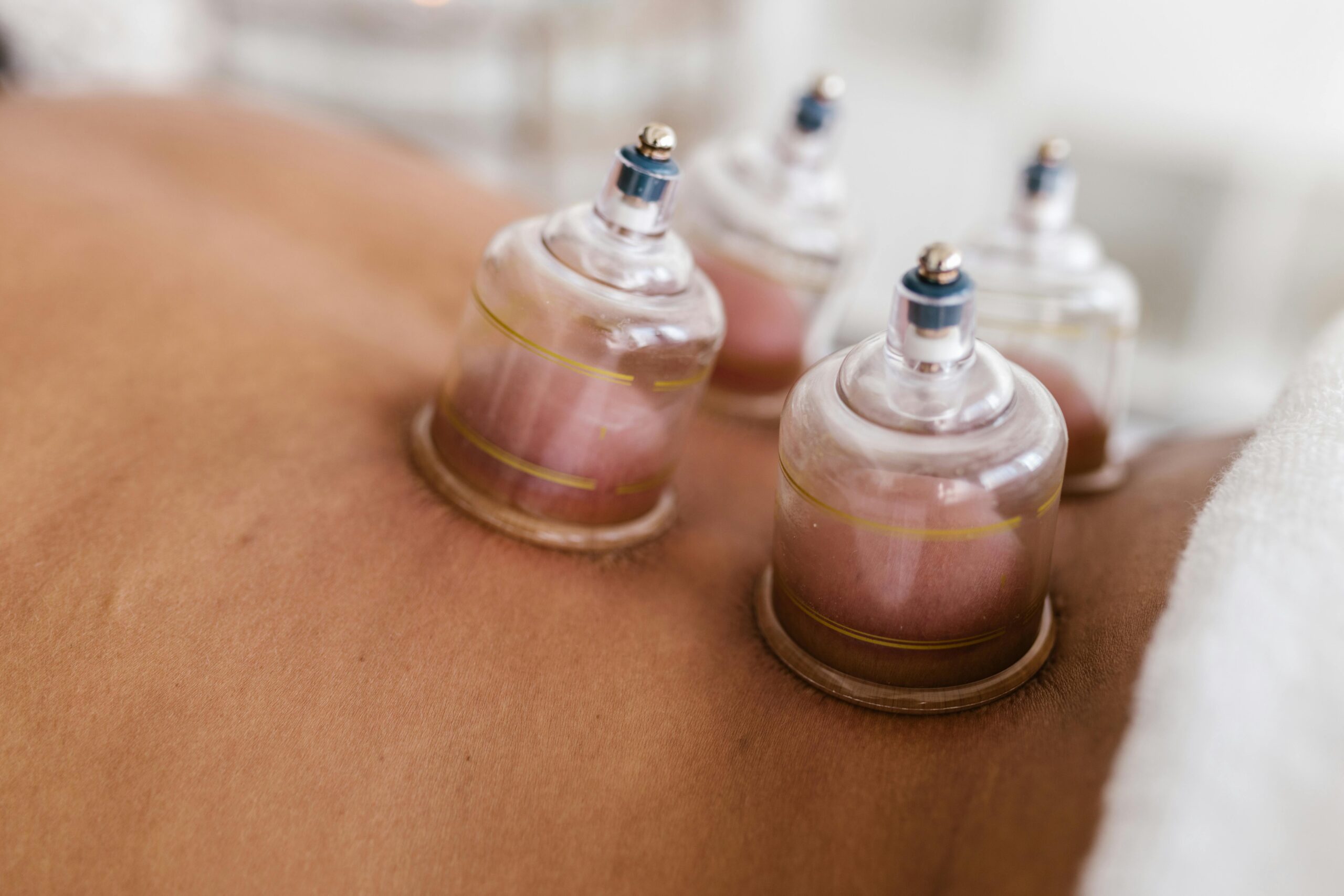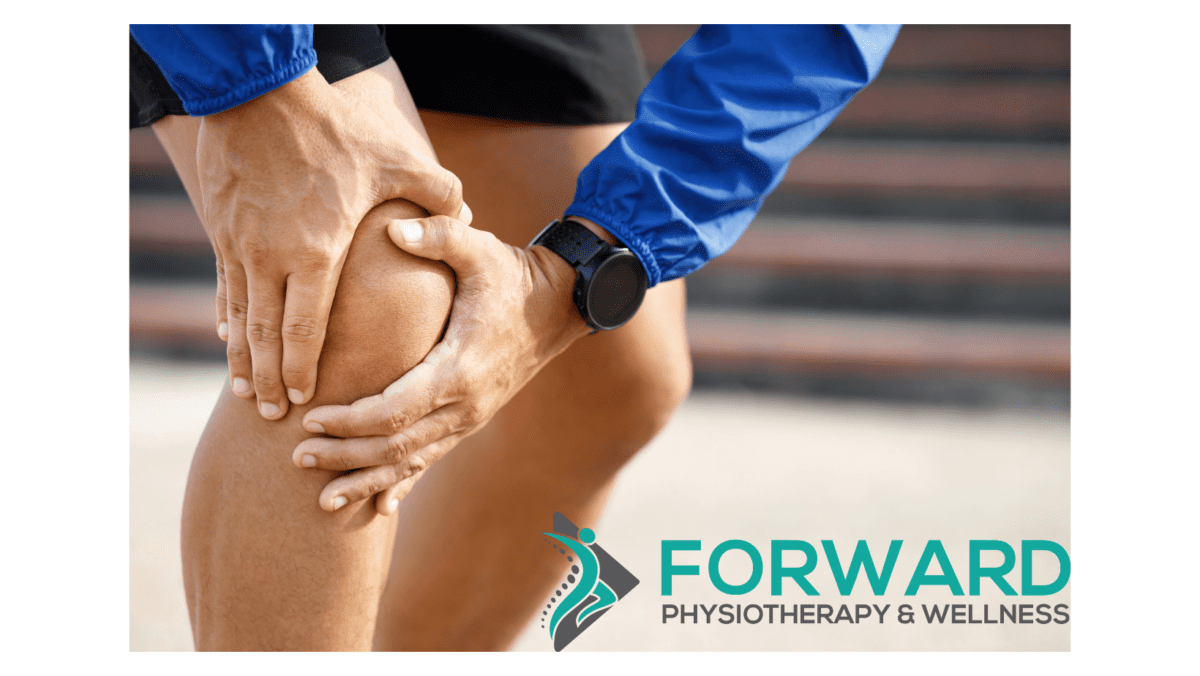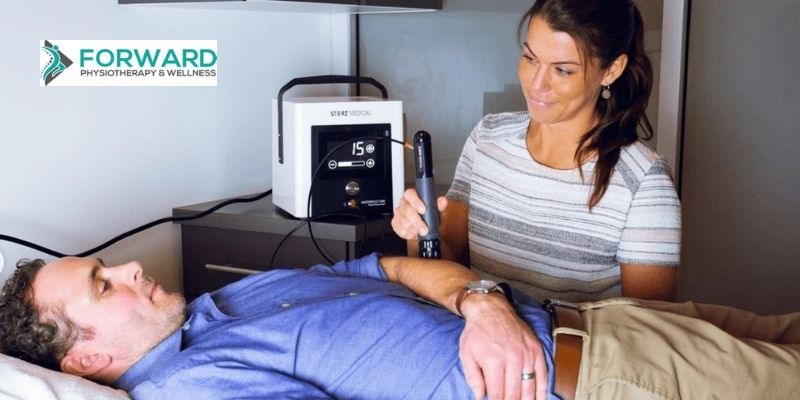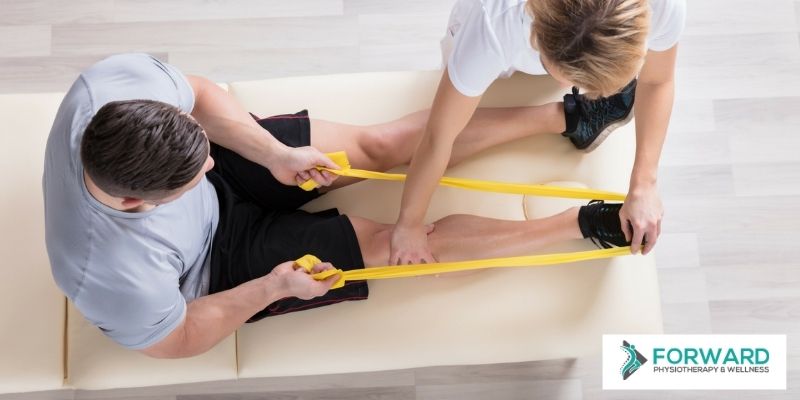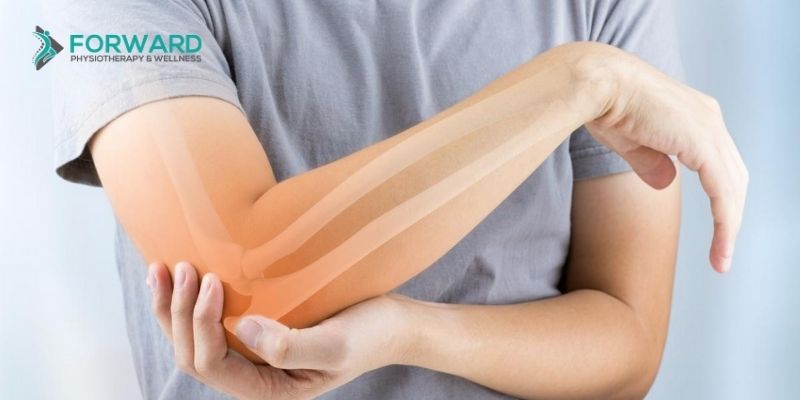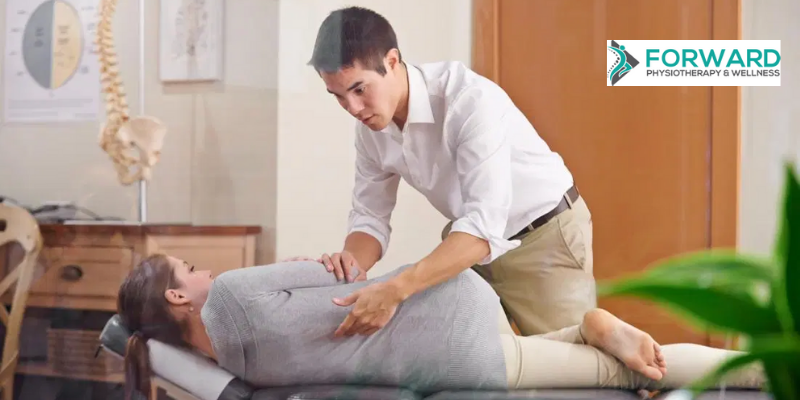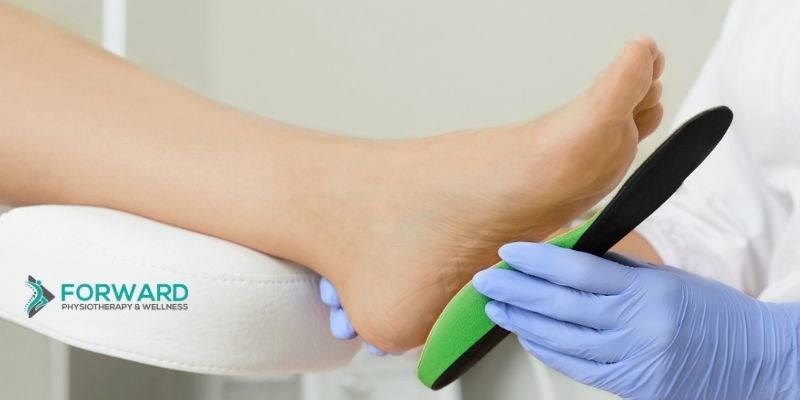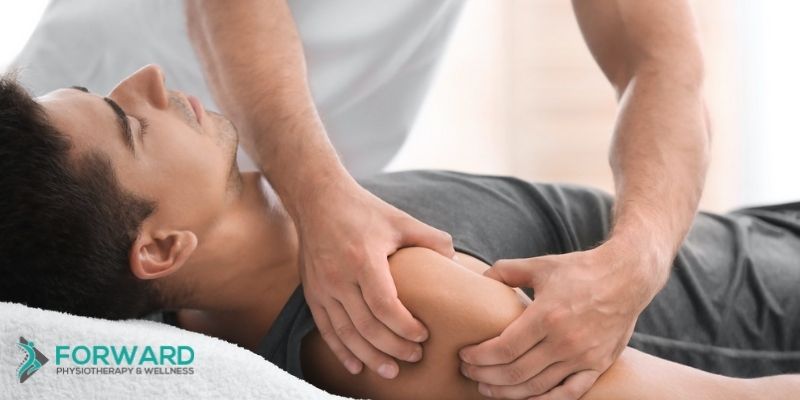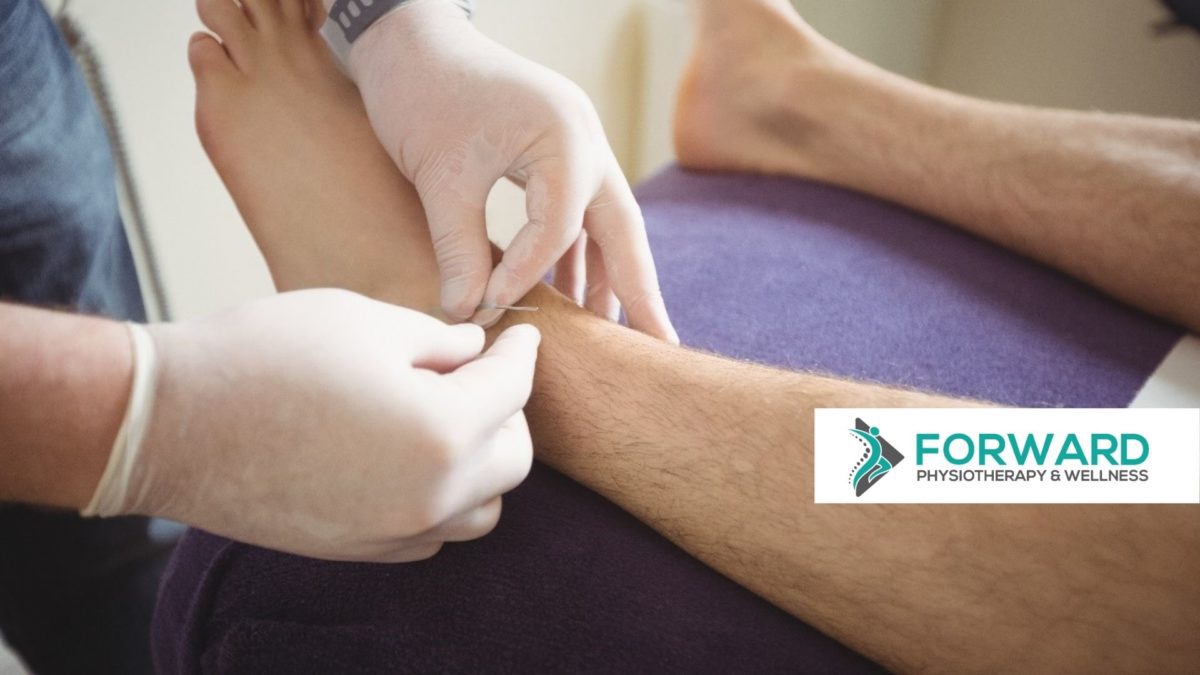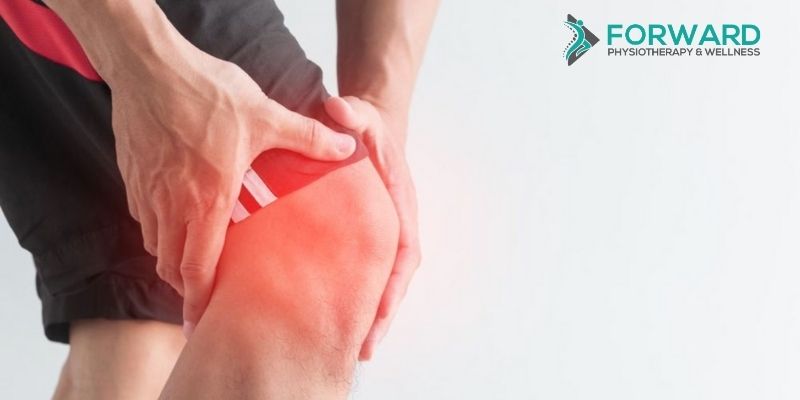
What Is Knee Bursitis And How Can Physiotherapy Help?
Posted By: Forward Wellness
Have you ever experienced pain or inflammation in your knees? Pain in the knees has many causes, one of which can be bursitis. Inflammation can occur when pressure increases on the fluid filled "sacs" that are present around the knees - referred to as bursa. There are more than 100 bursae in the human body, most of which are present around joints such as the elbow, knee, or shoulder. The bursae are helpful because they provide support to the joints by reducing pressure and friction. When any of the bursa in the knee become inflamed, the area around the knees may become painful, swollen, or have a reduction in flexibility.
There are Many Knee Bursae:
- Superficial Infrapatellar Bursitis
- Prepatellar Bursitis
- Deep Infrapatellar Bursitis
- Infrapatellar Bursitis
- Suprapatellar Bursitis
What Causes Knee Bursitis?
There are multiple factors which can contribute to the development of bursitis of the knee. These factors are dependent on how the body reacts to injury, but the most common are listed below.
- If injury was caused due to a heavy blow to the knee, such as a fall or a contact sport
- If the knee has suffered friction or prolonged pressure such as long periods of kneeling
- Fungal or bacterial infection can cause inflammation to the bursae
- Aging may contribute to the body’s reaction to inflammation
- People with inflammatory diseases like rheumatoid arthritis may be more likely to develop bursitis
- Individuals involved in occupations such as carpenters, cleaners, roofers, and gardeners, where more time is spent kneeling
- Prolonged periods of working in front of a computer (or other sedentary positions)
- Playing physically demanding sports like football and volleyball, where a lot of pressure or repetition can be placed on the knee joint.
Symptoms Of Knee Bursitis
As the fluid inside the bursa builds up, you may notice swelling around your knees. The swollen area may not hurt when the knees are in a resting position, but pain might increase when you walk, stand, or move. You might even feel pain in the soft tissues surrounding the knee. The area around the knees may also become red and warm.
Physiotherapy is considered an effective option for treating knee bursitis. It is a non-invasive way of managing knee bursitis. Physiotherapists may use various techniques including manual therapy, exercise, hot-cold therapy, and compression techniques to reduce the symptoms of knee bursitis. They can also provide educational treatment to prevent similar problems from occurring again in the future.
During the initial phase, you may be asked to reduce aggravating activities for a short period. Physiotherapists make use of this time to manage the acute inflammation and reduce pain.
Benefits of Physiotherapy Techniques :
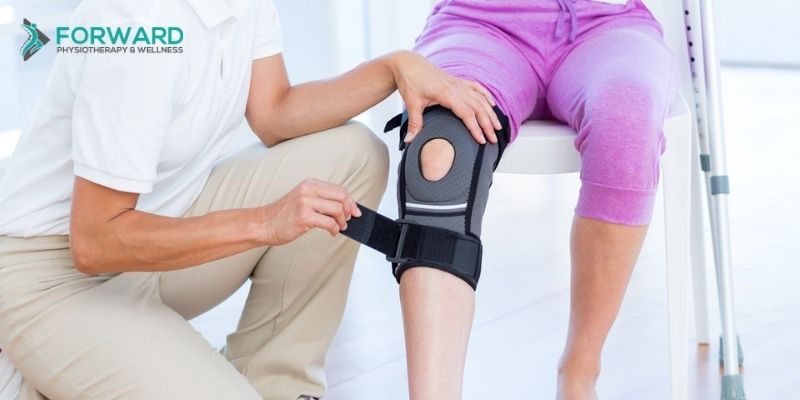
Reduction in Pain and Swelling:
Your therapist will give you strategies proven to reduce pain and swelling such as rest, ice, compression, elevation, and gentle aerobic activity.
Improved Range of Motion:
The physiotherapist may use manual (hands-on) therapy to improve your motion. Following this, they may suggest some simple exercises to maintain this motion. Initially, these exercises may only involve passive movements and then slowly advance to more active movements.
Improved Strength of the Muscles:
When the muscles, tissues, and supporting ligaments remain immobile for a prolonged time, they naturally become weak. Once the flexibility and range of motion around the knee joint has improved and the pain has been greatly reduced, the therapist may prescribe strengthening exercises which can help restore strength and agility. These exercises are also aimed at preventing similar problems from occurring again in the future.
Summary:
For treating knee bursitis, it is important to consult a physiotherapist. You will experience pain relief and an increase in mobility. If you feel pain in your knees, don’t ignore it!




